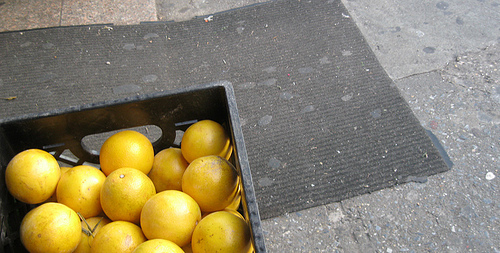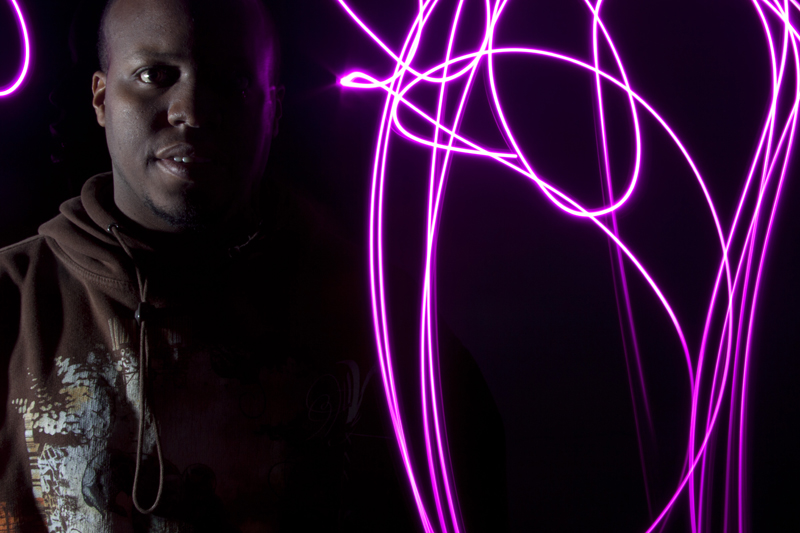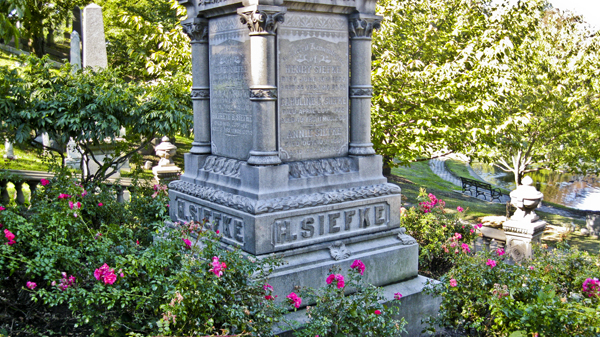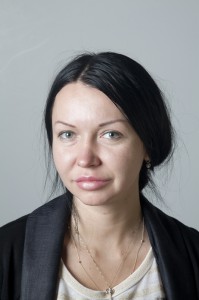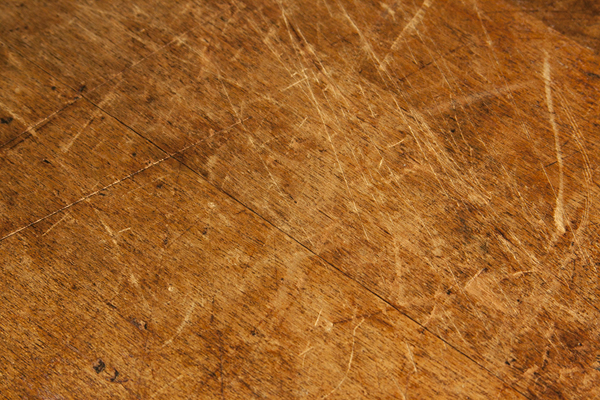This class has been extremely useful to me. I have considered myself a photographer since I was in high school, but I didn’t really understand any photographic terminology.
I’ve found that throughout this course I’ve actually come to appreciate and make use of composition and lighting, things that I didn’t give a second thought to before. Because of that, I find that my pictures nowadays are a lot better and actually have some degree of artistic merit.
I’m also glad I learned about the Camera Raw feature in Bridge. Seriously, I had no idea Bridge was that useful, or that it even had a use. I honestly used to think it was bloatware.
But mainly, what was most important to me was learning how to manipulate my finicky, cheap point-and shoot camera in creative ways and making it work for me. Discovering the macro feature on that thing is the single most important thing I’ve learned about it. I will exploit it to death.
As a designer, I feel like this class is the one that finally taught me to appreciate composition and its relevance in the design field as a whole. Composition is one of the most (if not THE most) important thing to understand when you’re a designer, so I feel like I can put this newfound knowledge to good use. Also, I’m almost certain that my growing ability to take decent pictures will come in handy at some point in my career. It’s always good to have multiple talents.
I feel like this course could seriously be expanded to teach students how to take good indoor shots at home, and overcome the limits of not having professional photo equipment lying around. While outdoor photography isn’t too hard to master, indoor photography presents a whole new set of challenges for those who aren’t used to manipulating lighting and camera settings. Basically what I’m saying is that most indoor shots I see are shoddy, and I’d love to learn how to make it work when I have a cheap camera and limited lighting.

